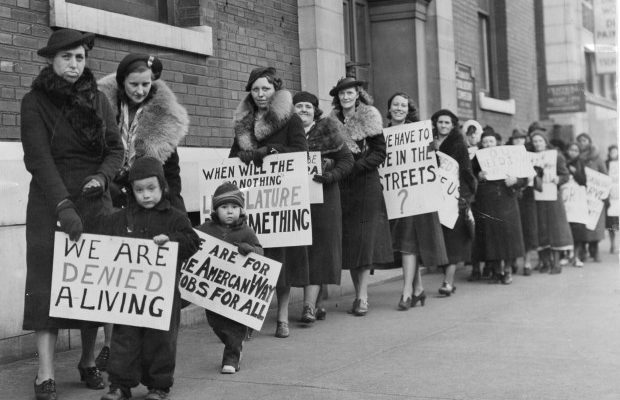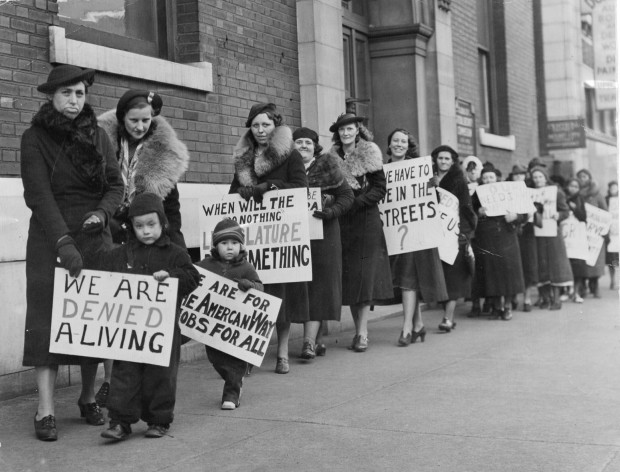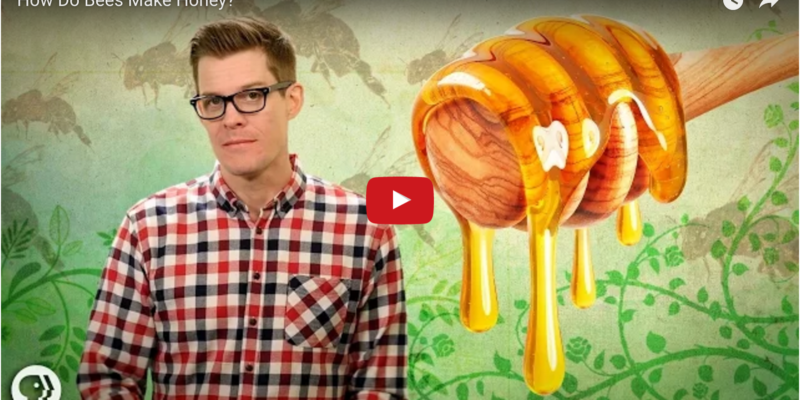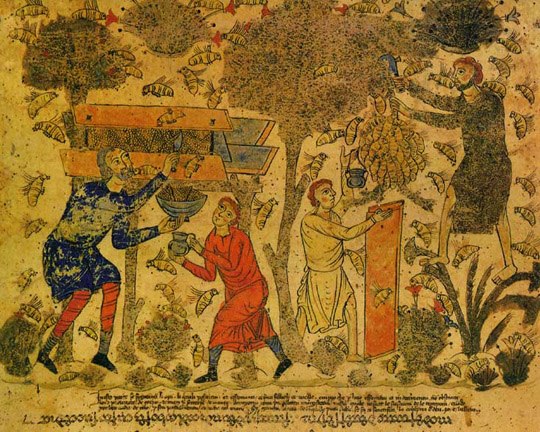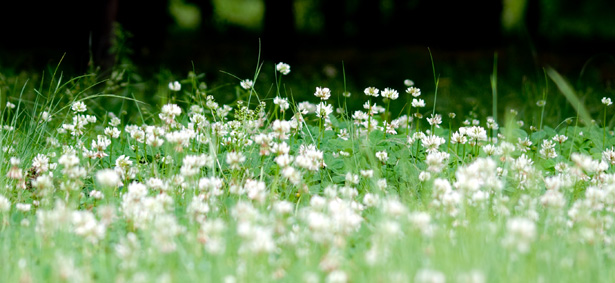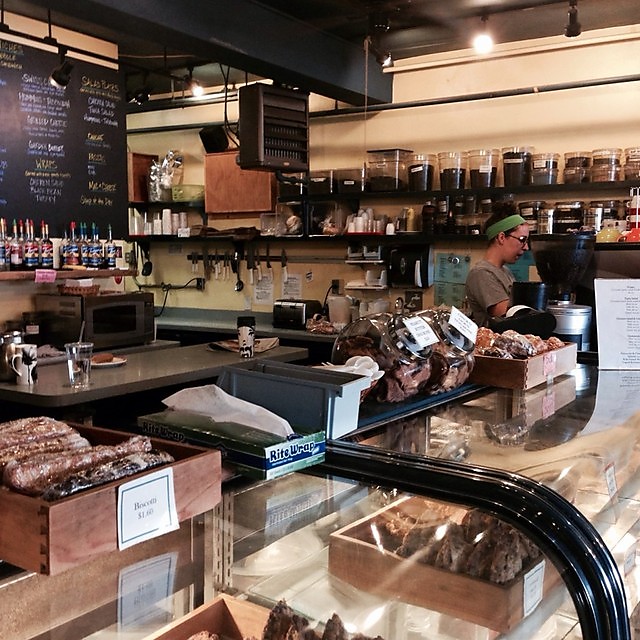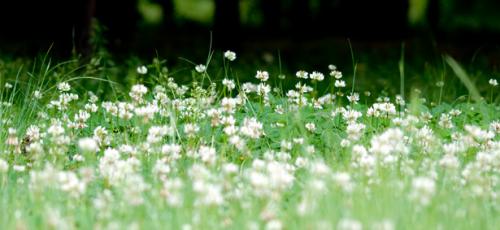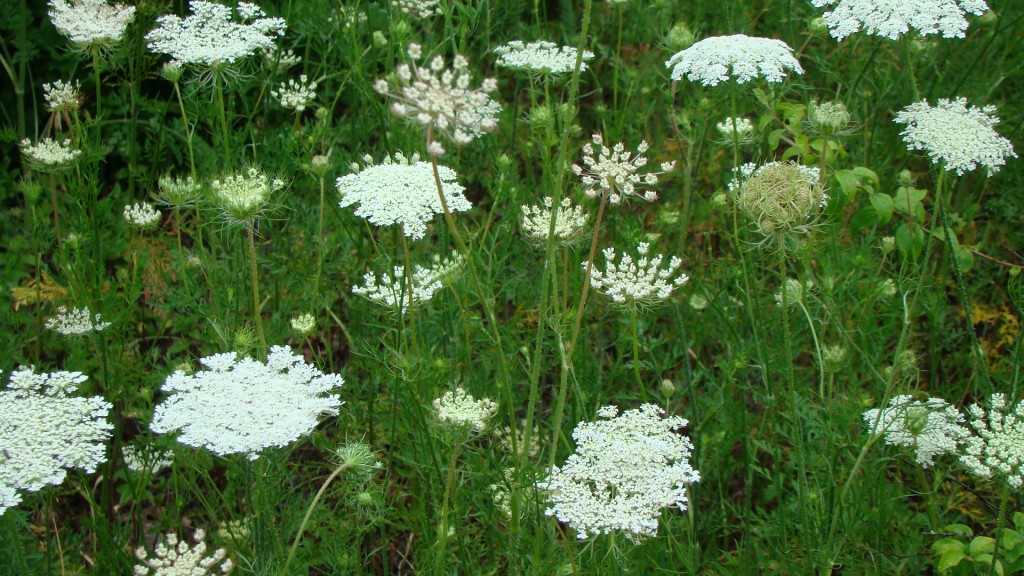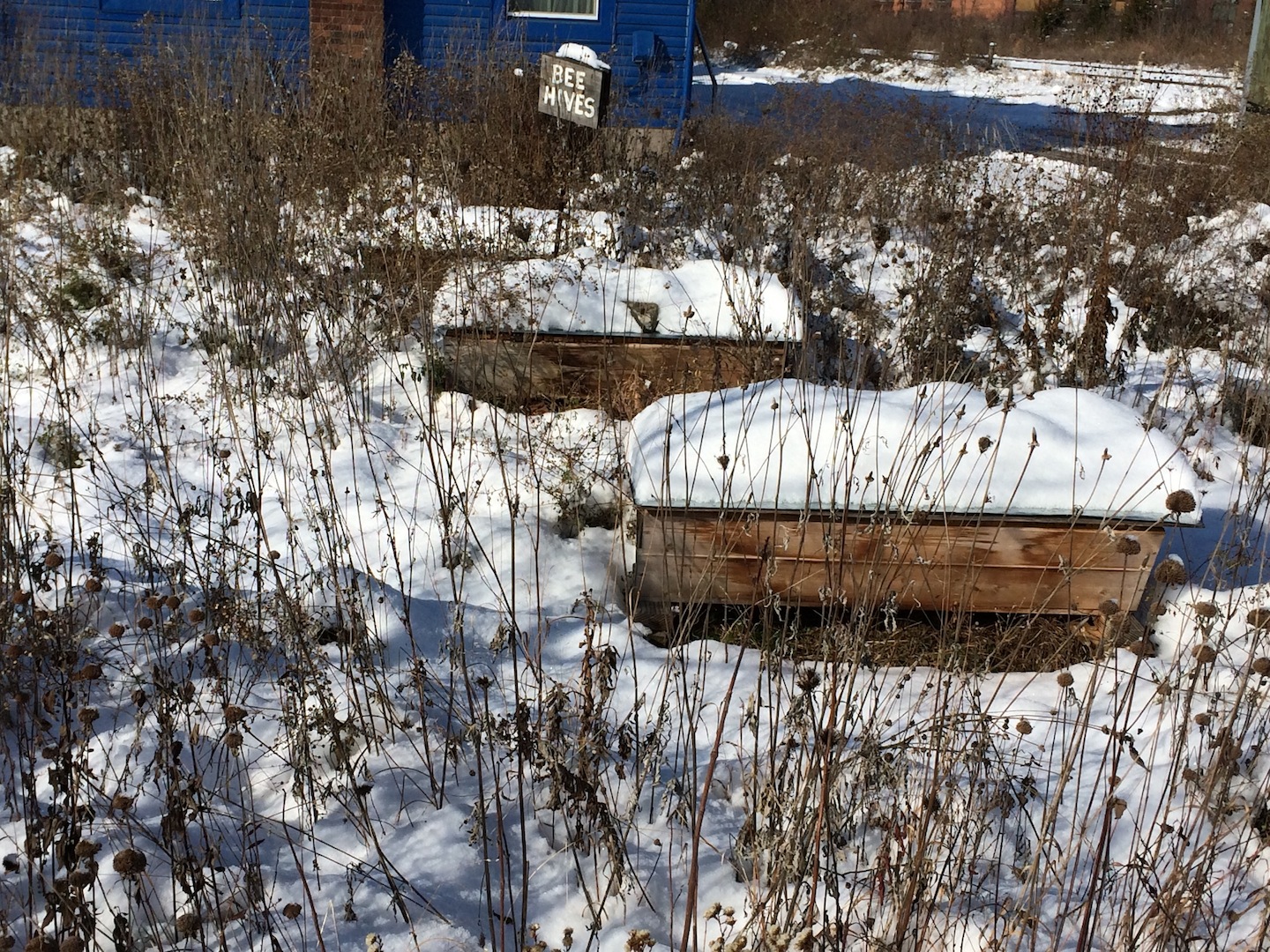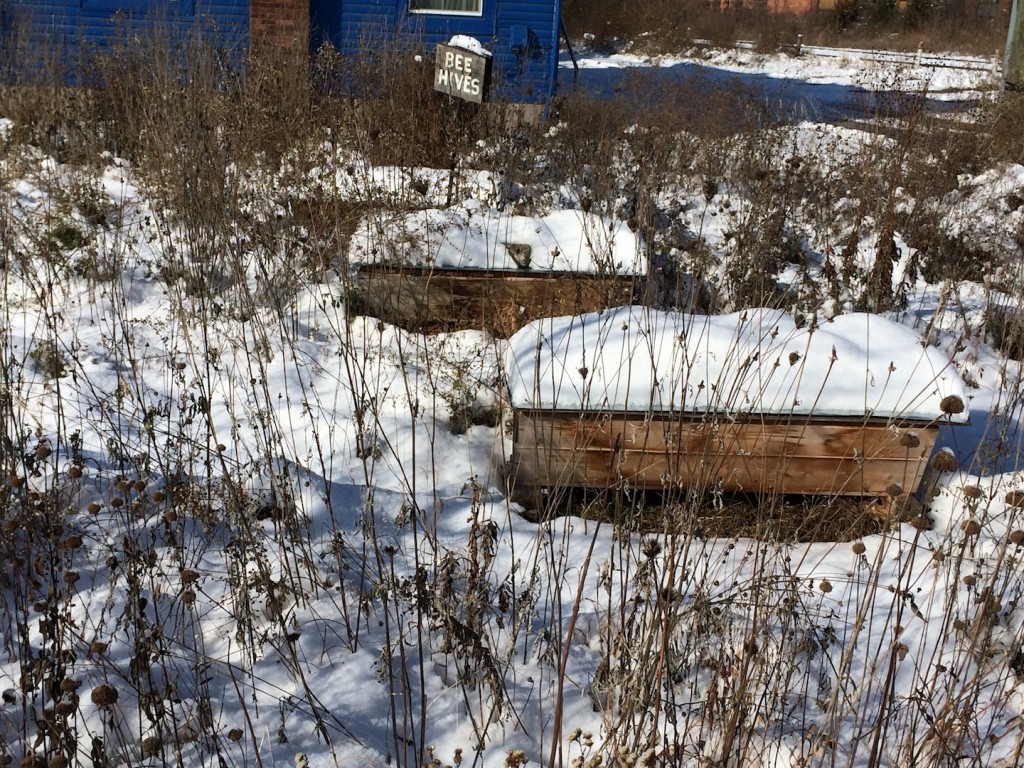And who wouldn’t be pissy, friends?
Several of my fellow beekeepers have recently complained that their otherwise sweet-tempered honeybees have become “aggressive” this past week or so.
At the end of June, most of Ohio’s yards and fields and farms enter a period of dearth when it comes to nectar flow. From March to late June, even our turf-dense suburban yards are alive with blooms in trees and bushes and little flowering things. But eventually these blossoms disappear to make way for leaves, and once that transformation occurs, because we’ve not made room in our lives for wildflowers, pollinators suddenly face a lack of food.
I mean, this is a ridiculous burden to place on any species…they have bounty for only three months, and suddenly NOTHING. NOTHING FOR THE REMAINDER OF THE YEAR.
Yes, I know what you’re thinking—you’re thinking that you have all those nice knock-out roses and those daylilies and those hostas in your flower beds, right? You think that you’ve purchased those pretty impatiens and petunias and planted them in your window boxes and that that should help the bees. But it doesn’t.
Bees need wildflowers, my friends. But I’ll save this issue for another post.
I’ve come to think that nectar is to bees as money is to humans. Worker bees head off every day to earn their pay. They feed their colony what they collect. Furthermore, when the nectar flow is on (when flowers are blooming), bees convert that nectar to wax and build their infrastructure comb with it, and they then store any surplus for use in the winter.
But when the nectar flow ends and bees enter a long period of dearth, there’s nothing to show for their foraging work. They head off to work but they can find none. They can no longer convert nectar to wax because there’s no nectar. They can no longer store their surplus…instead, they’re forced to eat into their savings which then risks their winter survival.
Wouldn’t you be cranky?!
You know, the more I think about it, the more I understand why so many humans are currently angry and violent and aggressive and short tempered, too. Many people are living in their own kind of dearth…a dearth in which there’s not enough work, which means there’s not enough money, which means there’s not enough food, and certainly, then, not enough (if any) savings. We all need work to do, and that work should be enough to provide our families with food and housing without risking our futures.
If we all planted more wildflowers, the bees would not enter such an early dearth and could provide better for themselves. And we can do better by our fellow humans, too. We can do this, friends. We can do this.

